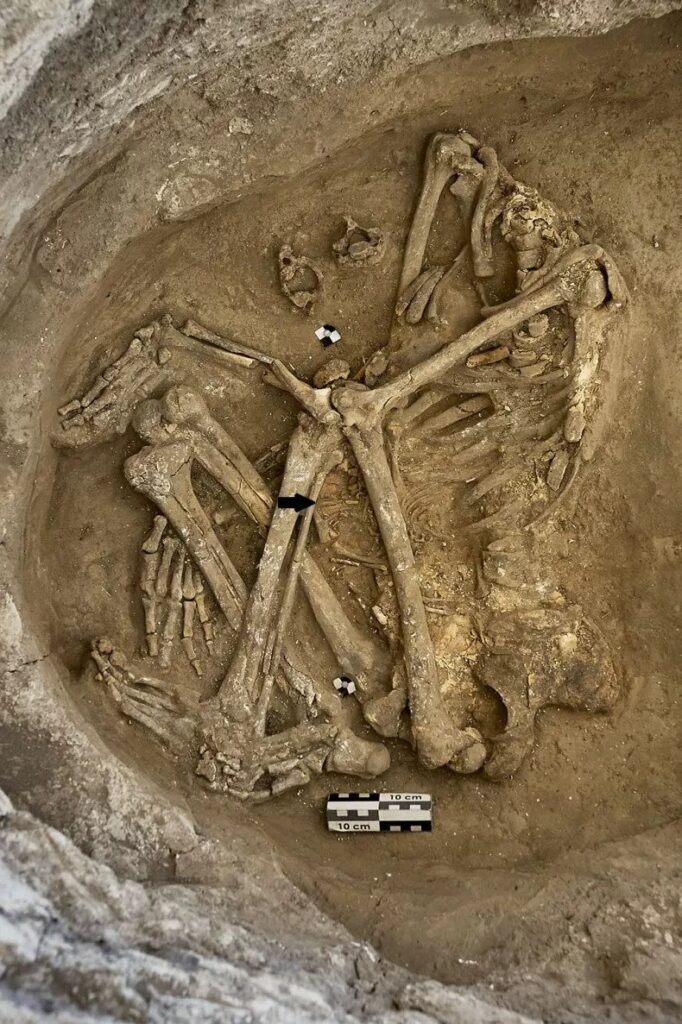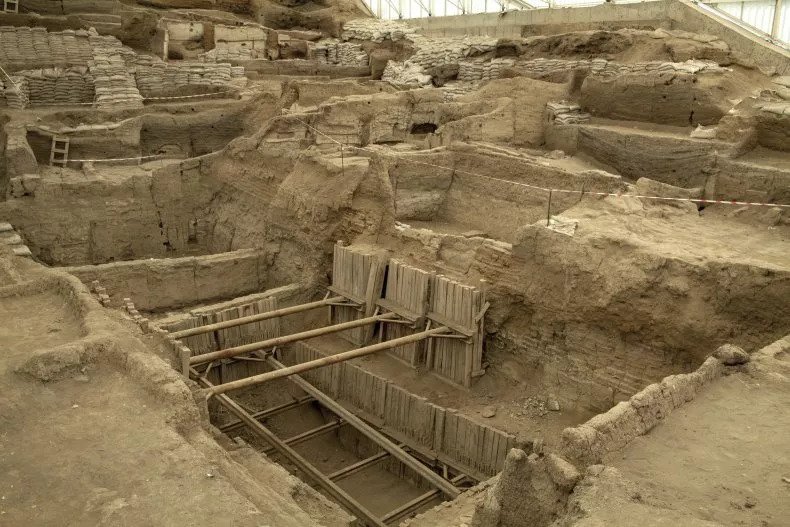Hundreds of Skeletons Unearthed at World’s Oldest City Show How Violence and Disease Ravaged Civilization
Around 9,000 years ago, a Neolithic settlement in central Turkey was starting to grow. The people living at Çatalhöyük had transitioned from foraging to farming, and the population of what would become one of the world’s first cities was increasing.
In a study published in the journal PNAS, scientists have now looked at how this shift impacted the people living there—and how ultimately the move toward urban lifestyles led to increased violence and disease.
Çatalhöyük, in Anatolia, was founded around 7100 B.C. Archaeologists discovered the site in the 1950s and quickly realized it was a cultural centre during the Neolithic period. Since then it has been declared a UNESCO World Heritage Site, providing important evidence about how people went from living in small villages to larger urban environments.
The site was occupied for over 1,000 years, with the population peaking between 3,500 and 8,000 people living there around 6,500 B.C. However, after a rapid decline, it was abandoned just over 500 years later, in 5950 B.C.
To understand the social changes that took place at Çatalhöyük, researchers looked at the remains of 749 individuals.
The team, led by Clark Spencer Larsen of The Ohio State University, notes that this sample encompasses the entire demographic—from the neonatal to the elderly. Bodies were normally buried under houses in burial pits, suggesting a sense of community.
By looking at changes to the skeletons over the period of occupation, the team was able to deduce certain changes that took place. “Çatalhöyük was one of the first proto-urban communities in the world and the residents experienced what happens when you put many people together in a small area for an extended time,” Larsen said in a statement.
The team discovered the population expanded rapidly during the Middle Period (6700−6500 B.C). Analysis of the mud houses shows that at its population peak, residents were experiencing extreme overcrowding.
Residential dwellings were built like apartments and they could only be accessed by the roof, via ladders. The walls of the houses were found to have traces of animal and human faecal matter: “They are living in very crowded conditions, with trash pits and animal pens right next to some of their homes. So there is a whole host of sanitation issues that could contribute to the spread of infectious diseases,” Larsen said.

Residents kept sheep and goats—the former of which is host to several human parasites. Living in close quarters in extremely cramped conditions could have contributed to public health problems—about a third of residents were living with infections in their bones, the analysis revealed.
The team also found an increase in interpersonal violence. Of 93 skulls in the sample, over a quarter were found to have suffered from fractures.
The shape of the injury suggests people were hit over the head with hard round objects—potentially clay balls that were also discovered at the site. Over half of the victims were women and many of the blows appear to have been inflicted when the victims were facing away from their attacker.
Researchers believe the increase in violence coincides with the changes to the population size: “An argument can be made for elevated stress and conflict within the community,” they wrote.
“This finding matches those from a number of settings today and in the archaeological past, confirming the association between violence and demographic pressure.”
Analysis of the bones revealed the diet of the residents was heavy in wheat, barley and rye. This may have caused tooth decay—findings revealed that between 10 and 13 per cent of the population suffered from cavities.
Over the period of occupation, residents were found to have walked significantly more toward the end of the occupation compared with the start.
This indicates that the people were having to travel further to find and farm fertile land—suggesting environmental degradation had taken place at the site. This, coupled with the climate becoming drier, could have contributed to the city’s demise, researchers say.
Larsen believes understanding what happened at Çatalhöyük could help with the challenges we face today, as the population increases and our cities get even more overcrowded.
“We can learn about the immediate origins of our lives today, how we are organized into communities. Many of the challenges we have today are the same ones they had in Çatalhöyük—only magnified,” he said.






